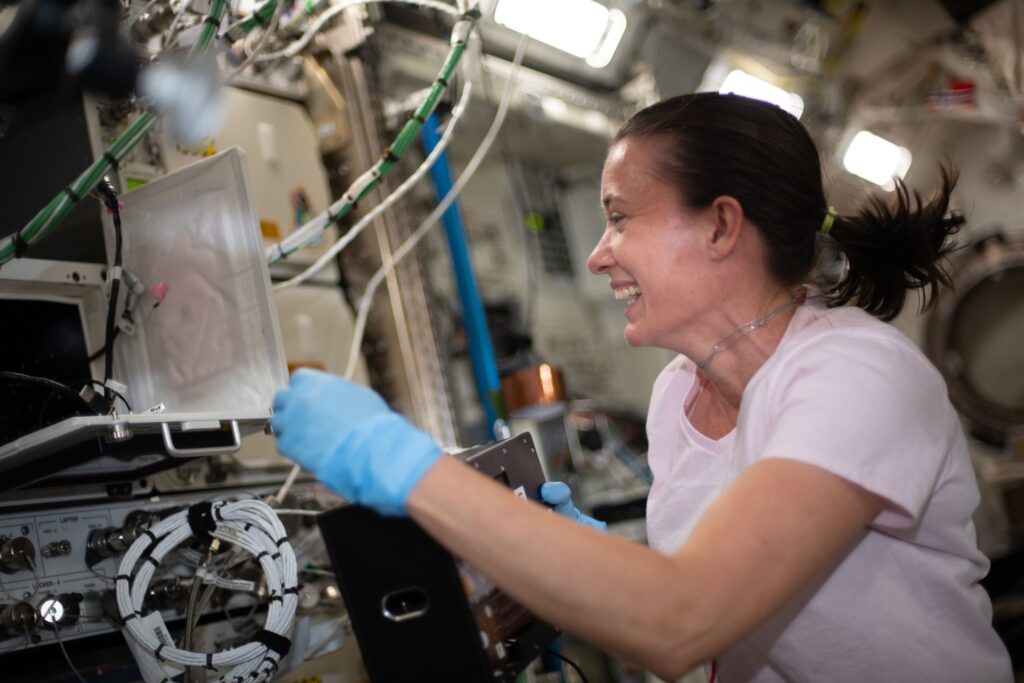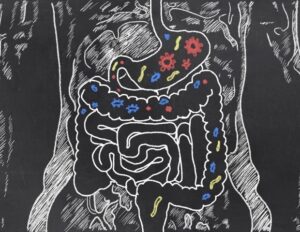
NASA astronaut Megan McArthur has officially retired, marking the end of an illustrious career that spanned over two decades. Known for her pivotal role in space exploration, McArthur was the first woman to pilot a SpaceX Dragon spacecraft and the last astronaut to interact with the Hubble Space Telescope using the space shuttle’s robotic arm. Her retirement concludes a journey that saw her accrue 213 days in space across two significant missions.
McArthur’s contributions to space science were not only groundbreaking but also instrumental in advancing human space exploration. Her second spaceflight, as the pilot of NASA’s SpaceX Crew-2 mission in April 2021, was a testament to her expertise and dedication. During this mission, she spent 200 days aboard the International Space Station (ISS) as a flight engineer for Expeditions 65/66, conducting vital experiments in human health, materials sciences, and robotics. These efforts were crucial in preparing for the Artemis program and future missions to Mars.
From Hubble to the ISS: A Career of Milestones
McArthur’s first spaceflight was aboard the space shuttle Atlantis during the STS-125 mission in 2009. As a mission specialist, she played a key role in the fifth and final servicing mission to the Hubble Space Telescope. Her responsibilities included capturing the telescope with the shuttle’s robotic arm and supporting five spacewalks to update and repair the telescope, ensuring its continued contribution to astronomical research.
Steve Koerner, acting director of NASA’s Johnson Space Center, praised McArthur’s impact, stating,
“Megan’s thoughtful leadership, operational excellence, and deep commitment to science and exploration have made a lasting impact. Her contributions have helped shape the future of human space exploration, and we are incredibly grateful for her service.”
Leadership and Legacy at NASA
Beyond her spaceflights, McArthur held several significant roles within NASA. In 2019, she was appointed deputy division chief of the Astronaut Office, where she supported astronaut training and development. Her leadership extended to her role as assistant director of flight operations for the ISS Program starting in 2017. These positions allowed her to influence the next generation of astronauts and contribute to ongoing spaceflight operations.
Since 2022, McArthur has served as the chief science officer at Space Center Houston, NASA Johnson’s official visitor center. In this capacity, she has been instrumental in promoting public engagement with space exploration, aiming to enhance science literacy and understanding of the benefits of space research to humanity.
Joe Acaba, chief of the Astronaut Office at NASA Johnson, highlighted McArthur’s unique qualities, saying,
“Megan brought a unique combination of technical skill and compassion to everything she did. Whether in space or on the ground, she embodied the best of what it means to be an astronaut and a teammate. Her contributions will be felt by the next generation of explorers she helped train.”
A Personal Journey Interwoven with Space Exploration
Born in Honolulu and raised as a “Navy kid” in various locations worldwide, McArthur’s journey to becoming an astronaut was marked by academic and professional achievements. She earned a Bachelor of Science in aerospace engineering from the University of California, Los Angeles, and a doctorate in oceanography from the Scripps Institution of Oceanography at the University of California, San Diego. Before joining NASA in 2000, she conducted oceanographic research, focusing on underwater acoustics, which involved extensive shipboard work and scuba diving.
McArthur is married to former NASA astronaut Robert Behnken, who also flew aboard the Dragon Endeavour spacecraft during the agency’s SpaceX Demo-2 mission in 2020. Her personal and professional life has been deeply intertwined with space exploration, reflecting her passion and commitment to the field.
Reflecting on her career, McArthur expressed her gratitude and hope for the future, stating,
“It was an incredible privilege to serve as a NASA astronaut, working with scientists from around the world on cutting-edge research that continues to have a lasting impact here on Earth and prepares humanity for future exploration at the Moon and Mars. From NASA’s Hubble Space Telescope to the International Space Station, our research lab in low Earth orbit, humanity has developed incredible tools that help us answer important scientific questions, solve complex engineering challenges, and gain a deeper understanding of our place in the universe. Seeing our beautiful planet from space makes it so clear how fragile and precious our home is, and how vital it is that we protect it. I am grateful I had the opportunity to contribute to this work, and I’m excited to watch our brilliant engineers and scientists at NASA conquer new challenges and pursue further scientific discoveries for the benefit of all.”
As McArthur steps away from her role as an astronaut, her legacy will undoubtedly inspire future generations of explorers. Her career exemplifies the spirit of discovery and the relentless pursuit of knowledge that defines NASA’s mission. With her retirement, McArthur leaves behind a legacy of scientific achievement and leadership that will continue to influence the field of space exploration for years to come.





